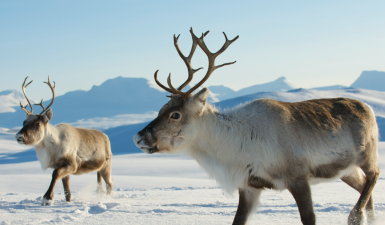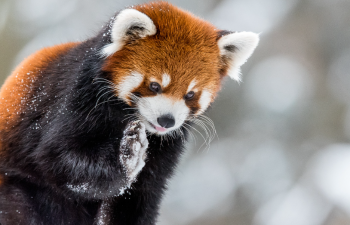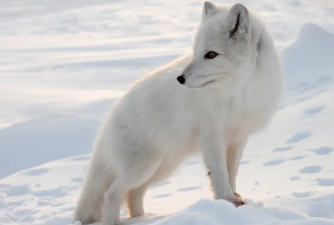Winter Wildlife: Animals You’ll See in 2025’s Cold Months
Despite the plummeting temperatures in winter, many small animals remain active.
During this cold season, wildlife in nature is adapting to the cold. Let's take a look at some rare winter wildlife.
Polar bears are one of the most iconic winter animals.

They live in the Arctic and primarily feed on seals from the ocean. Their thick, white fur protects them from the harsh cold. During the Great Snow season, polar bears swim onto the sea ice in search of food and exploit the ice's structure to catch seals. However, global warming is threatening the polar bears' habitat as the Arctic ice cover decreases.
In addition to polar bears, there are other rare winter wildlife. For example, the snow leopard, one of the world's rarest cats, lives in the snowy environments of high mountains. They feed on goats and wild rabbits, so they typically live at altitudes above 3,000 meters. Their thick, grayish-white fur blends well into the snow, providing camouflage. Because snow leopards live in remote mountainous areas and are relatively unknown, they are often referred to as "ghosts."

Another animal active in winter is the Arctic fox. Endemic to the Arctic, the Arctic fox has adapted to the extreme cold and possesses strong cold tolerance. Its white fur allows it to hide well in the snow, protecting it from predators. It primarily feeds on the eggs of rodents, birds, and seabirds, and during the Great Snow solar term, it traverses the ice and snow in search of food. Due to its relatively large population, the Arctic fox plays a vital role in the Arctic ecosystem.
In addition to these rare winter wildlife, many other animals survive the cold winter. For example, reindeer are common in northern regions. Their diet of mosses and lichens has adapted them to the harsh climate. In winter, reindeer forage for food in the snow, using their specialized hooves to navigate the ice and snow. White-tailed deer, snowshoe hares, and snowy owls are also common winter animals.

Rare winter wildlife demonstrates their unique survival strategies and adaptability in the cold. Their existence not only enriches the diversity of nature, but also reminds us of the importance of protecting the environment and wildlife. I hope people can strengthen the protection of these rare animals and work together to create a better natural world.


